EB-5 Visa Emerges as Faster Alternative to H-1B for US Permanent Residency
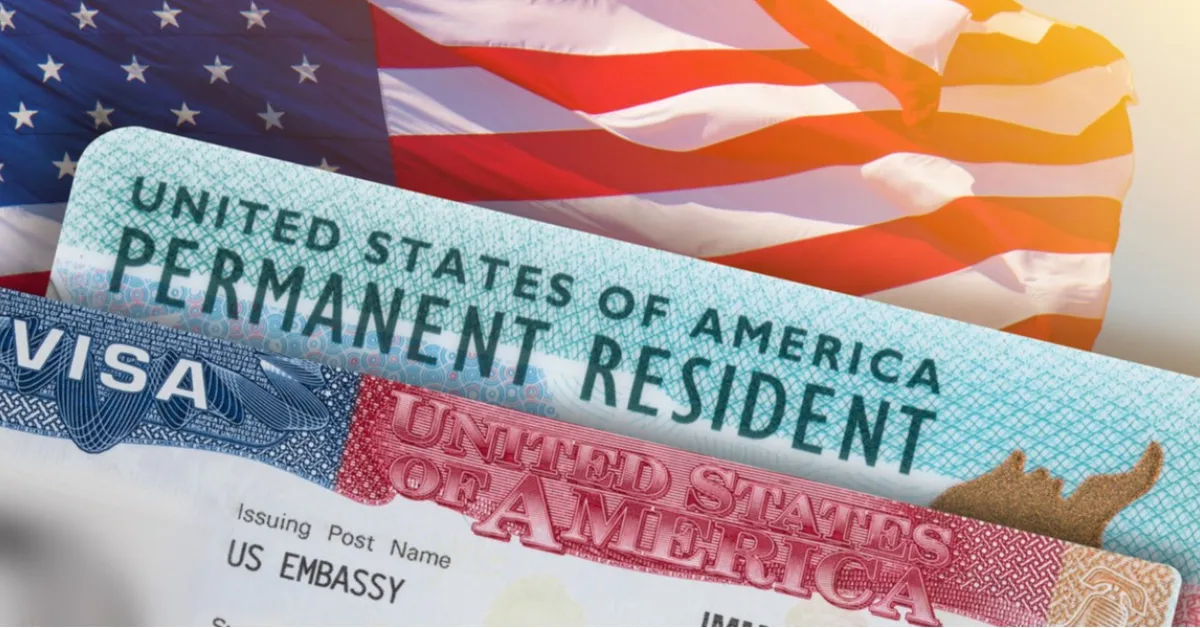
The arduous path to US permanent residency for foreign nationals, often stretching for decades due to stringent country-specific green card issuance caps, is prompting increased interest in the EB-5 Immigrant Investor Program as a potentially faster route.
This program, established in 1990, aims to stimulate the US economy through foreign investment, offering green cards to investors and their immediate families. For years, the H-1B visa has been a common entry point for foreign professionals seeking to eventually obtain permanent residency. However, annual limits and backlogs have created significant delays and uncertainty. The EB-5 visa provides a direct pathway to permanent residency for those who can meet its investment criteria.
The EB-5 visa requires a minimum investment of $1.05 million in a US business. That investment is reduced to $800,000 if directed toward a Targeted Employment Area (TEA), defined as a rural area or one with high unemployment. A core requirement of the program is the creation of at least 10 full-time jobs for US workers as a result of the investment. While both EB-5 and H-1B visas allow foreign nationals to live and work in the US, their structures differ significantly.
The EB-5 visa offers immediate permanent residency to the investor, their spouse, and unmarried children under 21, granting freedom of employment. The H-1B visa, on the other hand, is a temporary work visa tied to a specific job role within a US company, without a guaranteed transition to permanent residency. Eligibility for the EB-5 visa hinges on the investor's financial capacity rather than educational qualifications or professional experience.
The H-1B visa is designed for specialized workers, requiring at least a bachelor's degree or its equivalent and sponsorship from a US employer.
Obtaining an EB-5 visa involves submitting an I-526 petition demonstrating compliance with program requirements. Upon approval, applicants receive conditional permanent residency for two years, followed by the filing of an I-829 petition to prove job creation. Initial I-526 petition approval currently takes approximately 10 months, with the I-829 process potentially extending from 22 to 48 months.
For H-1B visas, the sponsoring employer files an I-129 petition. Visas are typically granted for three years, with the possibility of extension up to six years. The annual cap and lottery system, however, introduces unpredictability to the process, with processing times subject to variability.
Financially, the EB-5 visa entails a substantial investment ranging from $800,000 to $1.05 million, along with administrative, legal, and other associated fees. H-1B visa costs are primarily the responsibility of the sponsoring company, encompassing filing fees.
Applicants might incur legal fees if they opt to hire legal representation. As the demand for the US green cards intensifies, the EB-5 visa presents a potentially more predictable and direct route to permanent residency for foreign nationals compared to the often lengthy and uncertain H-1B path. For those with the financial means, understanding and utilizing alternative immigration avenues like the EB-5 visa could be crucial for realizing their aspirations of living and working permanently in the United States.

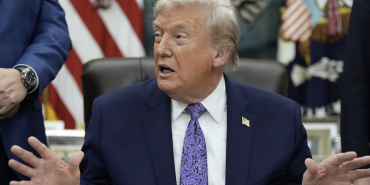
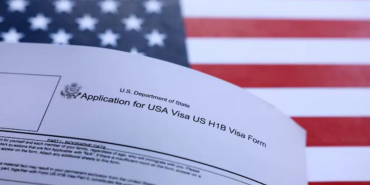


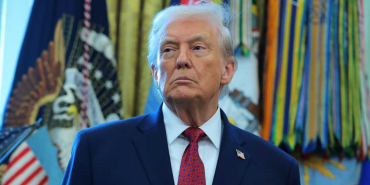



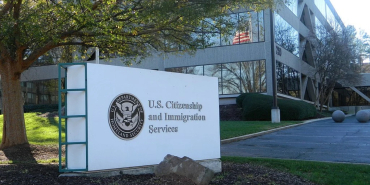


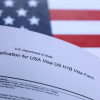

Add new comment